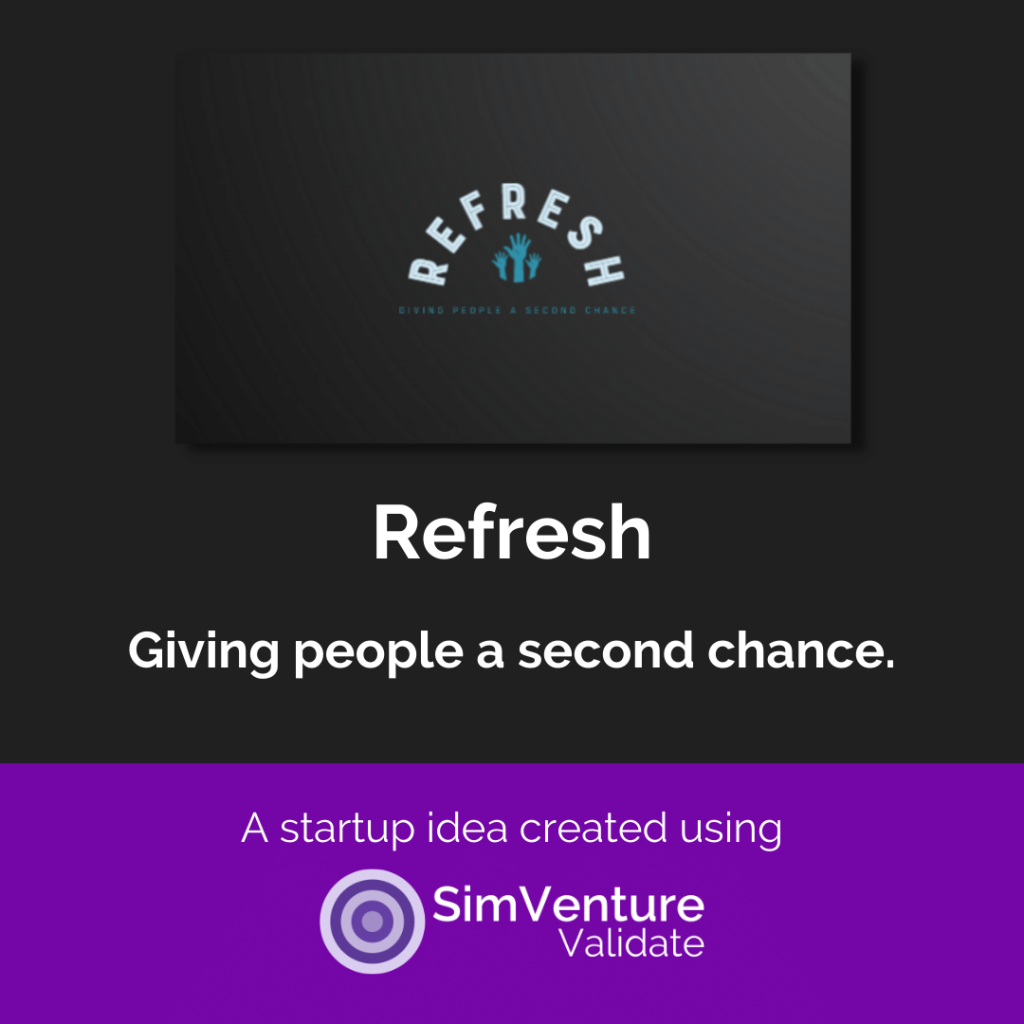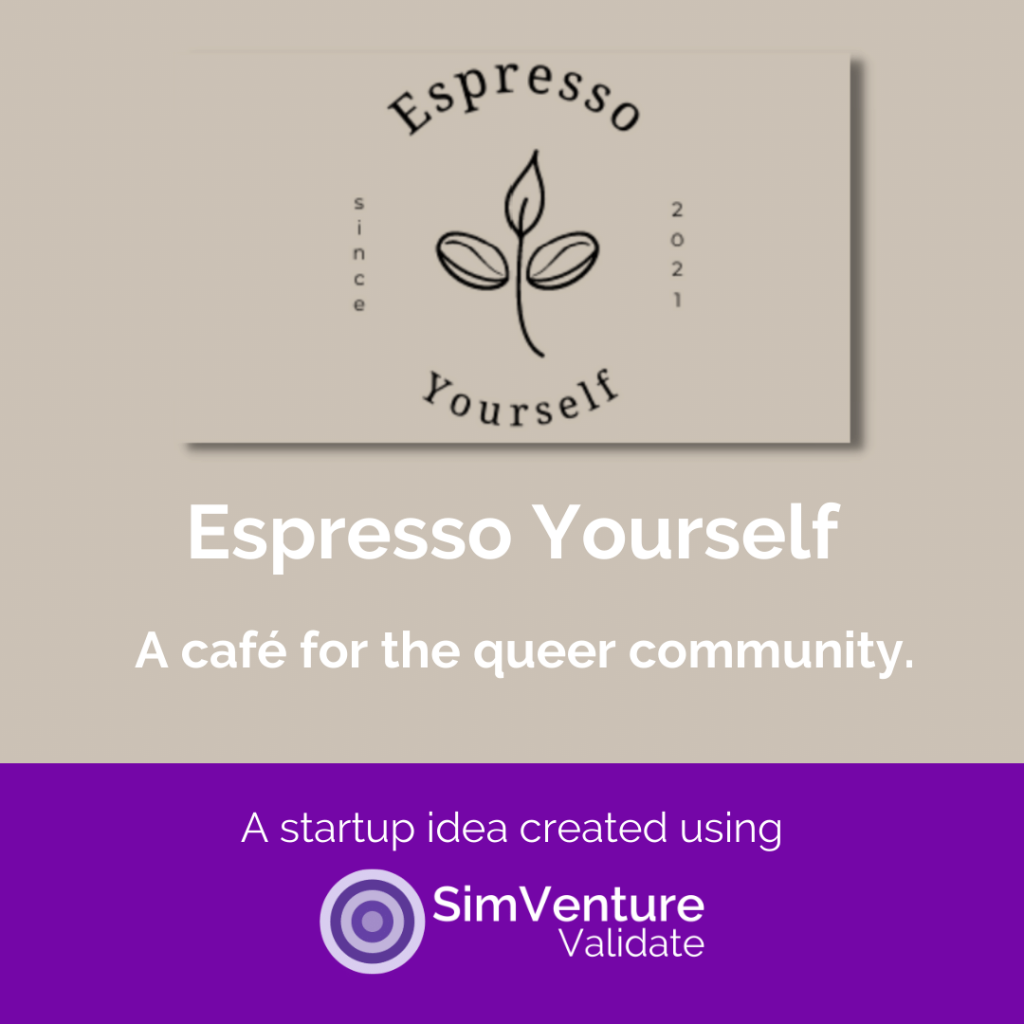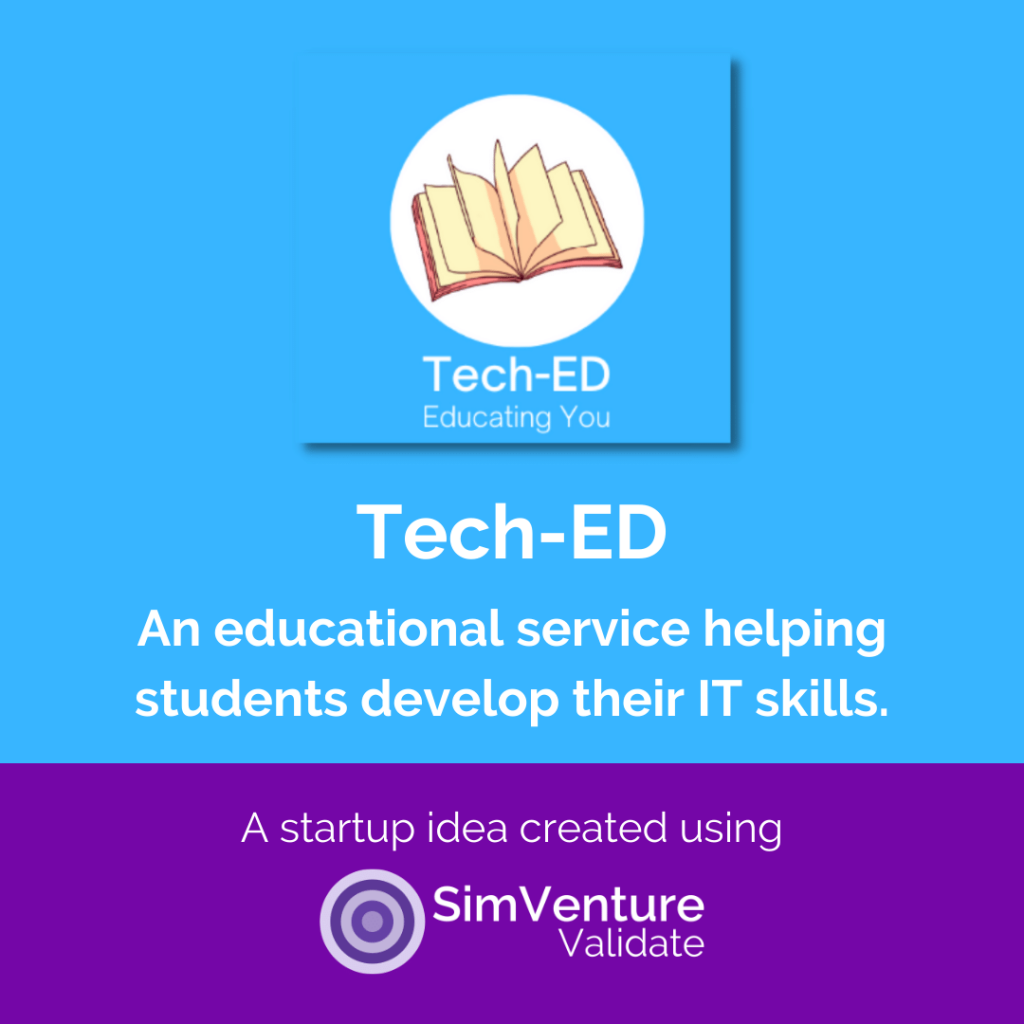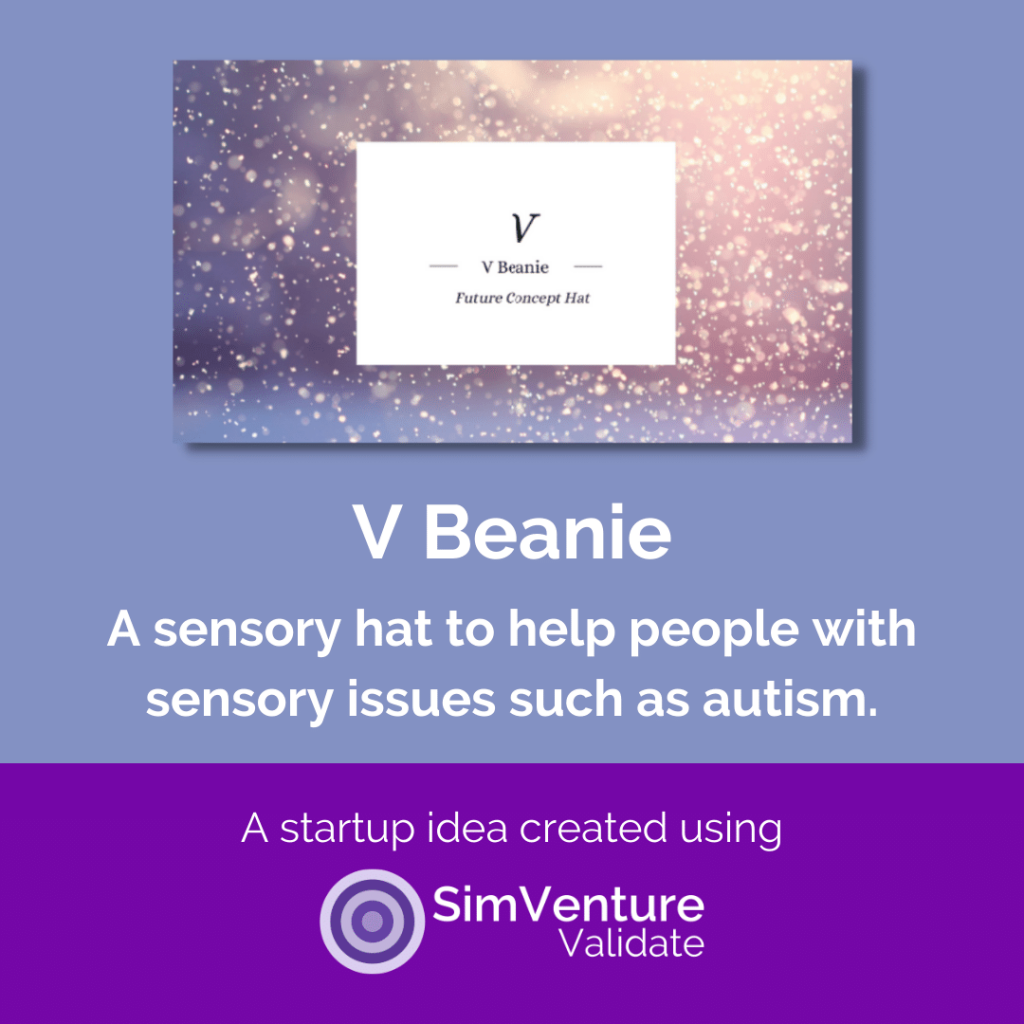Developing enterprise skills with SimVenture Validate
Find out how Trudie Murray uses SimVenture Validate to develop students’ enterprise skills at Munster Technological University.
Trudie Murray recently used our startup ideas platform, SimVenture Validate, to help fourth year Business Information Systems students to develop their enterprise skills.
Trudie Murray is a Lecturer in Entrepreneurship and Economics at Munster Technological University and an Academic Researcher with Hincks Centre for Entrepreneurship Excellence.
In this interview, you’ll get a preview of some of the startup portfolios produced by students at Munster Technological University. You’ll also learn more about Trudie’s experience of using SimVenture Validate with her students.
About Trudie Murray
Trudie teaches on entrepreneurship modules such as New Venture Planning, New Enterprise Creation, Enterprise Development Project across the Faculty of Business and Humanities, but also on Engineering programmes.
When we asked her what she likes most about her work, Trudie explained that she enjoys working with students who haven’t experienced any modules in entrepreneurship before such as Engineering, Hospitality, or Business Information Systems students. These students typically wouldn’t be dipping into enterprise and innovation modules, and Trudie enjoys introducing them to the topic and witnessing their progress and their passion.
Now, let’s hear from Trudie directly…
Can you tell us about the Munster Technological University students who used SimVenture Validate and the module it was used in?
“The students who used SimVenture Validate were 4th year (final year) Business Information Systems students undertaking the New Venture Planning module. They are a Level 8 honors degree cohort and they used the startup ideas platform in semester one.
“While the degree they’re undertaking is a business degree, from the business perspective it’s mainly focused on strategy, accounting, and finance. Since it’s a Business Information Systems degree, it is also more heavily weighted towards coding and technology.
“The students would not have experienced a fully engaged entrepreneurship and innovation module up to this stage. As BIS students, they are quite structured based students, and they are now engaging in a 100% continuous assessment and team based module, that does not have a structured exam at the end. The content I deliver is essentially to assist in developing their knowledge base and skill-set. As such they then have complete autonomy over their learning and development over the course of the module.
“Students also have complete ownership of where this module will go for them, and it’s a 100% groupwork based which presents its own challenges.
“New Venture Planning is a facilitatory and experiential module, and I had a particularly good group of students last semester. They really engaged with it, and they really enjoyed the type of module. They liked the fact that they went from having nothing to creating this tangible idea in 12 weeks.
“They said they had never done anything like it, and they felt it really tapped into their creativity, their innovation, and their enterprise skills. It was really hands on.”
Student startup portfolios
Before we jump in to ask Trudie further questions about her experience of using SimVenture Validate, let us share some of her students’ work.
These were the startup ideas and SimVenture Validate portfolios that groups of Business Information Systems students from Munster Technological University produced during their 4th year New Venture Planning module with Trudie.
Please keep in mind that all of the ideas and information within these portfolios are completely theoretical and for academic purposes only.
Group C: Refresh
Students Ioan, Conor, Stephen, Ian, and Jamie developed an idea for an online platform to support ex-prisoners to re-integrate into society.
Group O: Espresso Yourself
Team members Andrew Corkery, Shauna Courtney, Olivia Moriarty, and Aishling O’Connor developed a startup idea for a café for members of the LBGTQ+ community.
Group M: Tech-ED
Students Adam Hurley, Andrew Maher, Basit Saleem, Conor O’Gorman, and Michael Lynch came up with an idea to support students from second level and higher education to develop essential IT skills.
Group D: V Beanie
Team members Grainne Holmes, Rebecca Healy, Daniela Kaiser, and Ava Hartigan developed V Beanie, a sensory hat to improve the quality of life for individuals with sensory issues.
Can you tell us more about what the students were required to do throughout the module that helped them develop their enterprise skills?
“Absolutely, so I do have a module descriptor to go by, learning outcomes to be addressed, and indictive content that has to be delivered. Students receive the briefs for their assignments which they culminate into their portfolio.
“At the beginning of the module, students are first engaged in ideation generation exercises. In lecture delivery, I give them plenty of examples of ways this can be done.
“When it comes to idea generation, I do restrict students by specifying specific areas to focus on. This year the topics of interest chosen were: Social Entrepreneurship, Inclusive Entrepreneurship, Sustainable Entrepreneurship, or Tech Entrepreneurship (because they’re studying in this area).
“I’m really glad I set these particular parameters because it really made students think outside the box and look at what else is out there beyond commercial enterprise. They really enjoyed this aspect as well.
“In lecture delivery, I covered types of entrepreneurs, so they would be aware of what a sustainable entrepreneur is, and a social entrepreneur is etc.
“Once students reached an idea, they had to pitch their idea to a panel of industry experts. We have an incubation hub on campus called the Rubicon Centre, so staff members and entrepreneurs working within that incubation centre were involved.
“From that point on, students are tasked with their second assignment which was to undertake a feasibility study. This is when students are required to conduct primary and secondary research which they used SimVenture Validate to test and validate their findings. It is a large part of their assessment for the module.
“Within the brief, students had to address certain factors such as undertaking two authentic pieces of primary research and providing evidence of the research. They also had to conduct secondary research as well that was thoroughly referenced.”
In terms of using SimVenture Validate throughout the module, were there any particular things the students (and you) found useful?
Engaging
“The students loved that SimVenture Validate is an interactive online platform and that they could refer to the case studies.
“It’s also much more visually appealing and the real-life examples made it more interesting for them. They could relate to the concepts more, I think.”
Business Model Canvas for assessment
“Up until I used SimVenture Validate, I used a traditional business plan, which is a cumbersome, text heavy, Microsoft word document.
“With the traditional business plan, some of the best students would end up submitting 60 pages of content because they thought that more is better. In reality, students would often go off on tangents and wouldn’t really hone in on what the whole concept was about. It was more about them thinking that they needed to fill the template business plan with as much content as possible while addressing all of the headings.
“In reality, the traditional business plan is debunked at this stage. It’s the Business Model Canvas that we use now, and being able to use the BMC within SimVenture Validate really brought the course up-to-date in terms of delivery.
“While I previously would have used the Business Model Canvas as an example, I wouldn’t have used it in terms of assessment because I felt it didn’t allow students to go into enough detail. This is one of the reasons SimVenture Validate has been great for me too. It’s provided me with an interactive Business Model Canvas that is broken down even further within each of the sections and given me a tool to use for their assessment that is current.”
Group work
“Another benefit has been that students could work in groups on their projects within the platform. The fact that they can all login and work on their ideas at the same time and interact with each other.
“They’re an online savvy generation, so the platform really plays to their strengths.”
Monitor student progress
“For me, it was really great to be able to monitor students’ progress. By logging in to the platform I could see their individual activity including how long they spent on the platform and when they last logged in. I could also see that some of them spent hours on the platform (over 1000 hours), and this was reflected in their final work.
“It was good for me in terms of being able to keep students on track and focused.”
Startup case studies
“The case studies within SimVenture Validate were really valuable thanks to the range of different businesses that have been included.
“I also made a point of asking students to read through all of the case studies to get a feel for the different types of products, services, and industries, and not just to focus on the one that was related to their idea. It was a really good exercise for them.
“As the module went on, if students were stuck on something they could go back to the case study and have a little read on what we were looking for.”
Testing enterprising business ideas
“The testing section of SimVenture Validate is the part we have found the most valuable.
“While filling out a Business Model Canvas can be quite simple, identifying and validating the assumptions is a much more difficult task.
“SimVenture Validate helps make this process a little more straightforward. The testing area supported students to provide much richer primary and secondary data, and conduct an analysis of that data.
“I loved the way that they could look at all the different options for conducting research and choose what was applicable to them.
“It was great how they were able to upload their research findings as documents, that was obviously very important for me. Having everything on the one hub instead of in several different emails made it a lot easier to manage too.
“I found that it was the first time that they really thought about the value of the research and how they’re actually conducting this research in order to address the assumptions about their product or business.”
Do you have any examples of where the testing area within SimVenture Validate helped your students develop their enterprise skills?
“The testing section was fantastic for students. One great example is from Group O showcased above, Espresso Yourself.
“Originally, they felt their idea was just for members of the LGBTQ+ Community. However, from their research, they were able to identify that Espresso Yourself wasn’t just for members of the community, but it was for their allies too. So their original assumption was invalid, but this finding allowed them to address that.
“What was interesting was that students thought that every assumption had to be valid, and if it wasn’t valid, they thought they had done something was wrong.
“But they learned that it’s actually great to have an assumption and find from your research that an assumption isn’t valid, because you can go back and re-address the issue before the product is launched. This is a great learning experience for enterprise skills development.”
Was there anything that made you hesitant to use SimVenture Validate with your students to develop their enterprise skills?
“I am not tech savvy and before I started using SimVenture Validate I was a bit worried about that.
“However, I spoke to Tom Cooney from Technological University Dublin and he reassured me. He explained that he doesn’t even need to explain SimVenture Validate to students, they simply log-in and start using it – it is that easy.
“And he was right. SimVenture Validate is very easy to use and navigate.”
Would you recommend SimVenture Validate to other educators?
“I honestly think it’s the way to go.
“The testing area within SimVenture Validate is what I got the most value from, but there were so many other benefits too.
“The explanations of the elements of the Business Model Canvas, the case studies, and the testing section meant it was a much a richer and better experience for students than using a traditional business template and their notes.
“It made it more applicable, more experiential, and everything was on the one platform.”
Thank you so much to Trudie for sharing your experience with us, and thank you to your students who gave us permission to share the work they completed within SimVenture Validate. There are some wonderful innovative ideas there, and we look forward to seeing what the future holds.
Develop enterprise skills with SimVenture Validate
If you would like to learn more about SimVenture Validate and how it could help you and your students, book your free online demo today.
Enjoyed this post? Here are some more that may be of interest…
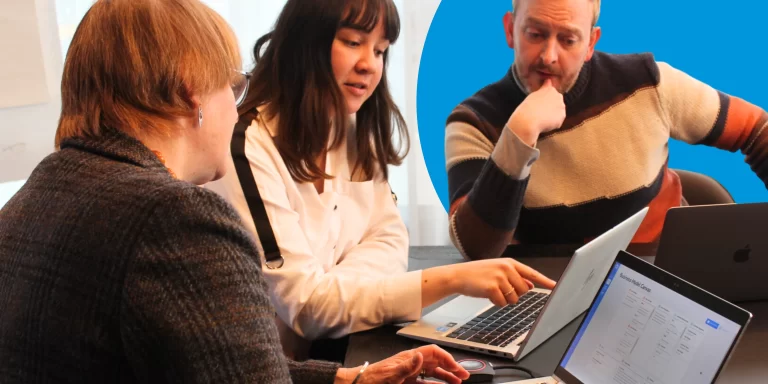
Validate 2023 release
Discover the highly sought-after Validate features that will be hitting your screens in September 2023.

How to turn an entrepreneurial idea into a tangible business
Starting a business is never an easy feat and in Mohammed’s case it is a journey filled with many entrepreneurial…

Do student competitions truly motivate learners?
Do student competitions motivate learners? There are advantages and disadvantages but what effect do these competitions have on students?



